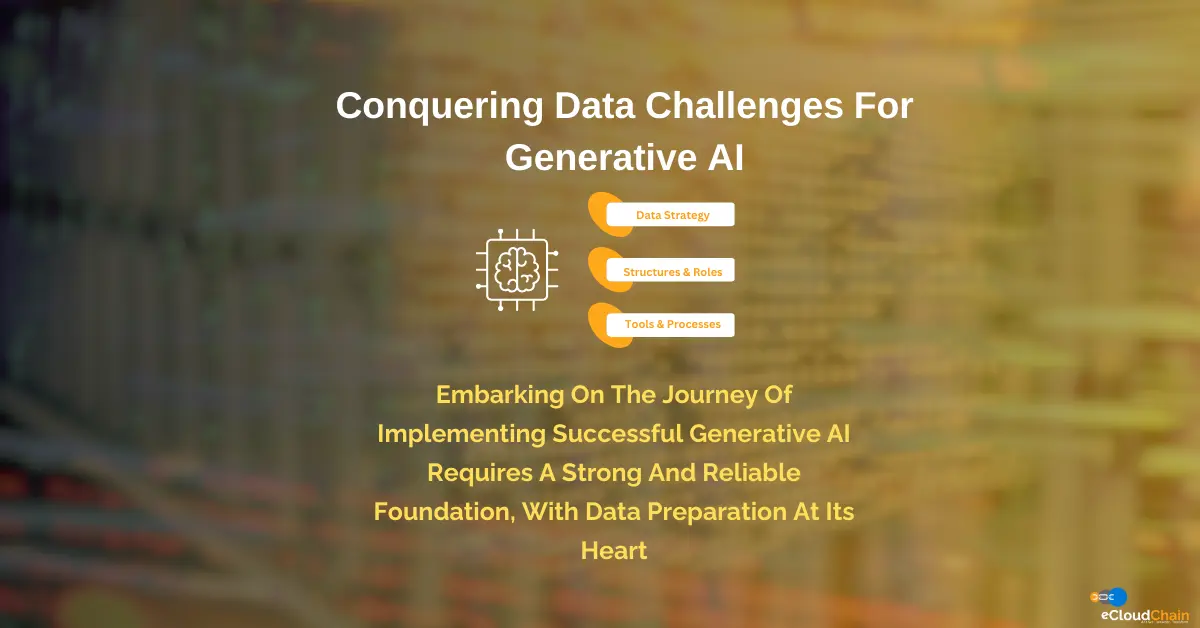
Conquering Data Challenges For Your Generative AI Success
Embarking on the journey of implementing successful Generative AI requires a strong and reliable foundation, with data preparation at its heart.
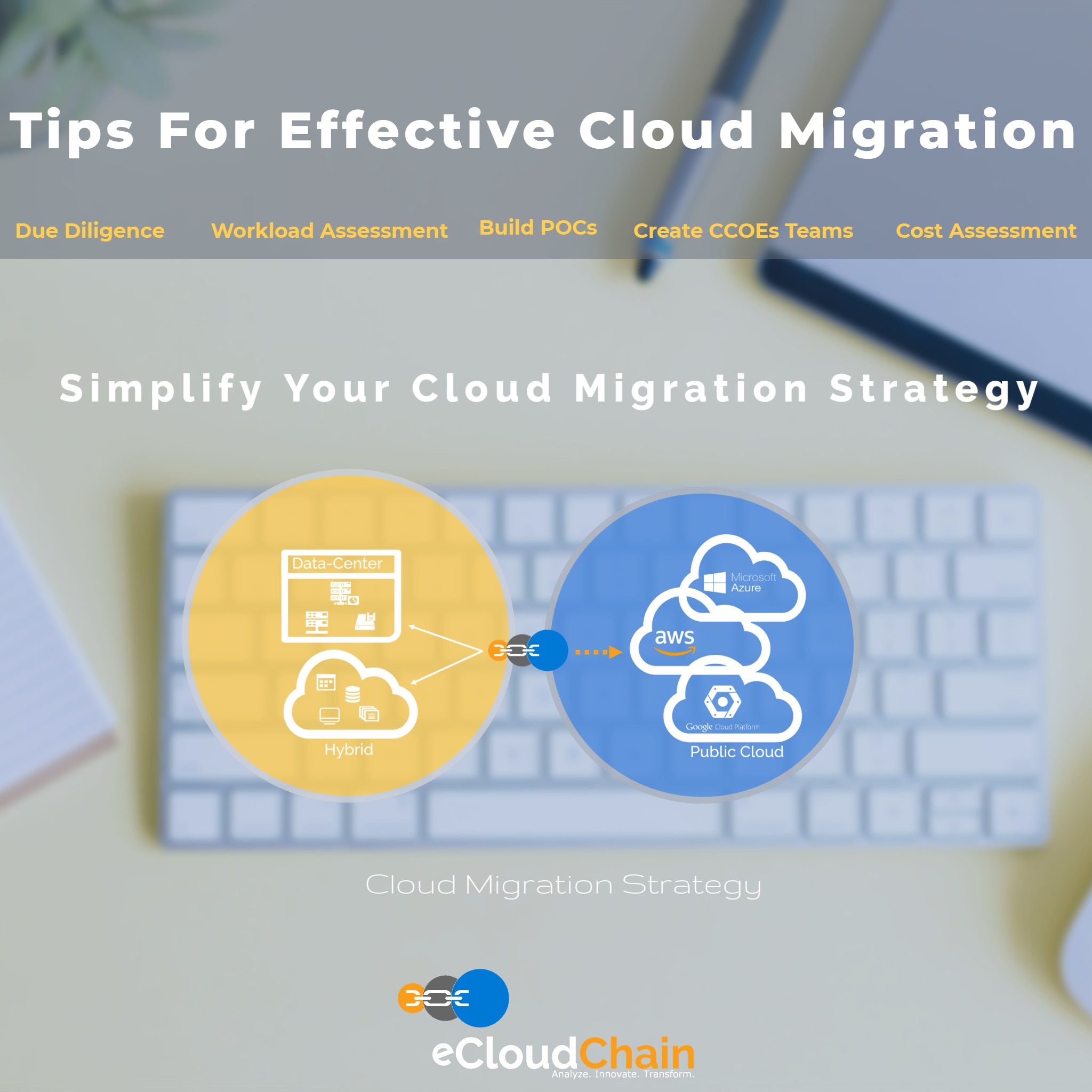
Despite cloud adaption being the obvious trend, why do many companies still struggle when it comes to planning and execution of successful cloud migration strategies?
While many companies are confident about the fact that cloud migration initiatives will deliver the expected value for their businesses, they also have key security and privacy concerns about cloud migration processes. Broadly, they face these key challenges :
Despite these concerns, companies have recognized that they need cloud technologies for speed and agility to mitigate their ongoing business challenges and create new opportunities and value.
So how to go about starting a successful cloud migration process?
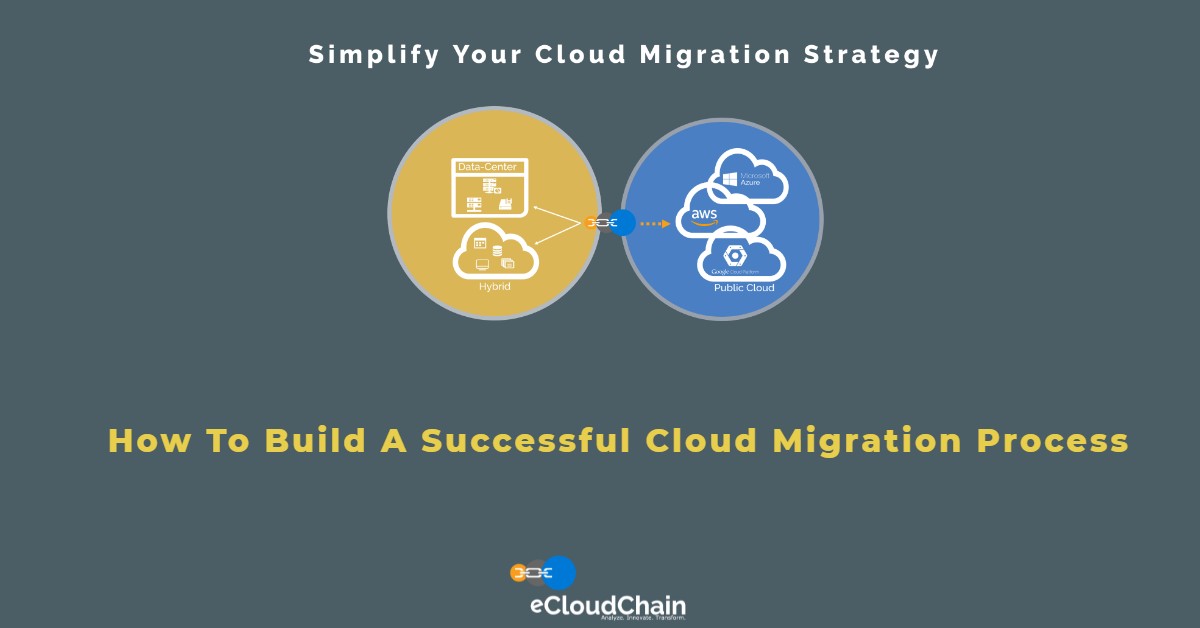
Without proper due diligence, your cloud migration strategy can prove expensive and complicated, limiting the ability of your organization to achieve real cost benefits, agility, scalability, and efficiency.
A detailed assessment provides you with the current status of your workloads, applications, and databases. It helps you to have complete real-time visibility into your existing environment and its dependencies. It helps you to build a comprehensive cloud migration strategy.
A precise understanding of your existing IT environment helps you to build the business case and estimate the TCO model for your cloud implementation.
“A detailed assessment & careful planning of your cloud migration strategy provides you a greater control over configuring your new cloud environment, storage options and optimizing the right price plans and generate the final statement of work (SOW)“
Prioritizing your business workloads while building the cloud migration strategy is one of the mandatory activities that you should not ignore.
“Workloads assessment allows you to build a detailed workload profiling based on their criticality and characteristics. Also, it provides you with a solid basis for why you want to migrate your applications to the cloud and what key benefits you are targeting with the cloud migration”
Here’s how you can broadly categorize your workloads :
Workloads, that you want to migrate into the cloud in their present state without impacting its architecture and existing functionalities.
Identify the workloads, that you don’t want to continue the CAPEX model and expect a better performance & scalability. Typically this category of workloads and applications are the ones that are reaching their end of the licensing life.
It includes the workloads that you want to replace with a modern SaaS-based cloud solution. If you think that certain on-premises legacy applications lack key functionalities and should be migrated to a cloud-native platform to support next-gen business use-cases.
Segregate the workloads and applications for which you want to implement additional cloud capabilities that are currently not available. For example, if you think adding server-less, auto-scaling,load-balancing, etc. can improvise your existing business applications, then you may consider them for Re-Architecture during cloud migration.
Workloads that are not serving any purpose and will have no major impact after cloud migration. Typically these will be the applications that are not very useful and cost you unnecessary. You can identify them during the assessment and plan for retiring them.
Workloads that you want to hold for a longer time due to other reasons like compliance, upgrade, development activities, etc., and re-plan their cloud migration at some other time. You will have to plan for a hybrid cloud model for such applications.
Cost assessment begins before you move anything to the cloud. This needs to be done very carefully since there is a fundamental difference between your existing on-premises cost and how the new cloud environment is going to cost you.
On-premise setup requires a significant capital investment to purchase infrastructure components for example servers, storage, hardware, and a long list of supporting equipment that is needed to run your data center smoothly like networking equipment, cooling equipment, power equipment, physical racks, and many other housekeeping items.
Besides, there is a software license & upgrade cost that you have to pay regularly. Not to forget the annual maintenance cost for all of these components to keep the show running.
On the other hand, the Cloud rarely requires capital expenditure and follows the Opex-based model. What that means is all your cloud spending is billed monthly as the operating expenses. You will pay for virtual infrastructure equipment, servers, storage & hardware on the basis of how much you consume them.
There will not be any separate software license or upgrade cost since it will all be bundled into the recurring monthly charges. You will not have any hardware maintenance cost or any other supporting equipment maintenance cost since you are not maintaining them on your premises.
Build proof of concept(POC) as a pilot cloud migration project to get better clarity & confidence before the actual cloud migration starts.
Developing Cloud migration POC help you to understand the challenges in advance, identifying the gaps, and efficiently handle any other technical dependencies.
POC provides you with a complete risk-free approach to explore all the pieces of cloud migration puzzles and help you to redefine the target application and its architecture. Learn More About POC…
POC gives you full liberty to roll back if you are unconvinced with the desired outcome of cloud migration.
CCOE (Cloud Center Of Excellence) team’s main responsibility is to supervise the cloud transformation and migrate your workloads to the cloud.
After successful cloud migration, CCOE plays as a helpline for application owners, operational teams, business managers, and others involved in running & managing day-to-day cloud infrastructure services.
CCOE team provides advice and guidelines on cloud best practices, frameworks, and reference architectures. Learn More About CCOE…
It is responsible to capture the business requirements and implement them using agile approaches. Besides this, CCOE’s job is to ensure security compliance and service management policies.
We build strategic partnerships with our customers to transform their businesses by providing cutting-edge cloud computing services… Know More...

Embarking on the journey of implementing successful Generative AI requires a strong and reliable foundation, with data preparation at its heart.
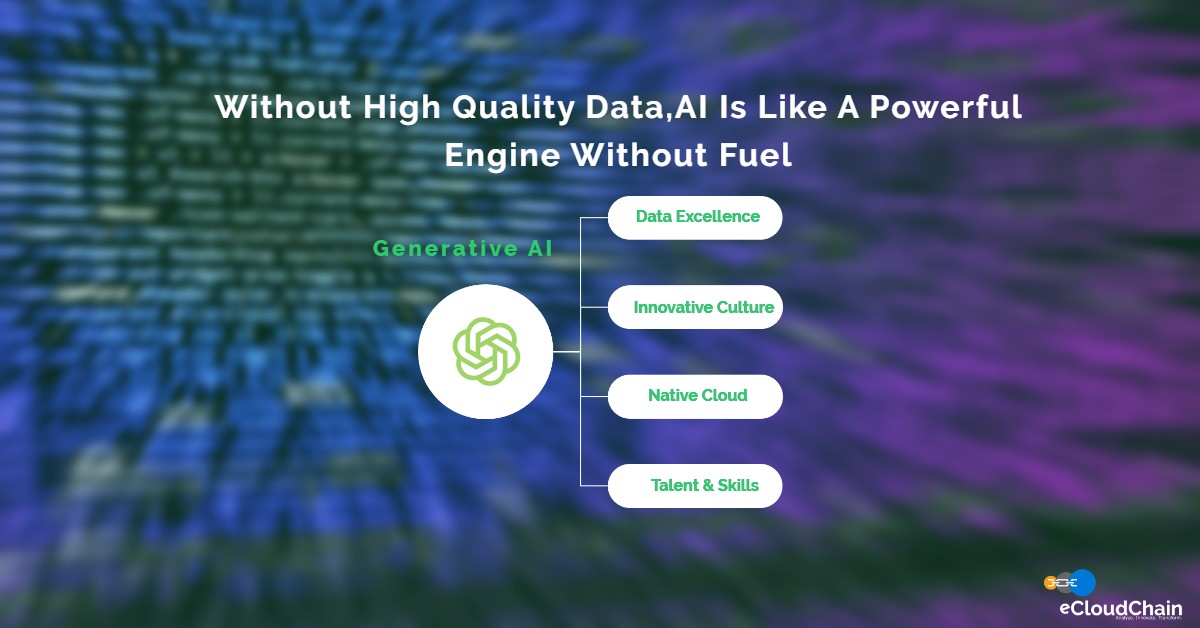
No AI strategy can thrive or endure without high-quality data because data is the lifeblood that fuels generative AI…
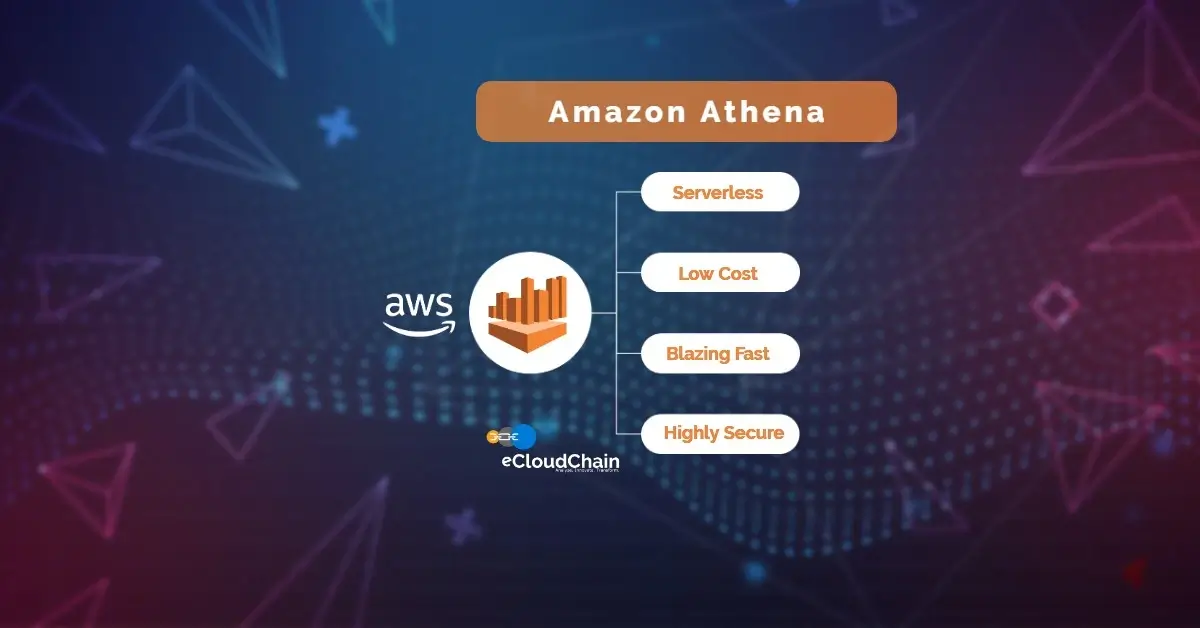
Amazon Athena lets you query data where it lives without moving, loading, or migrating it. You can query the data from relational, non-relational…
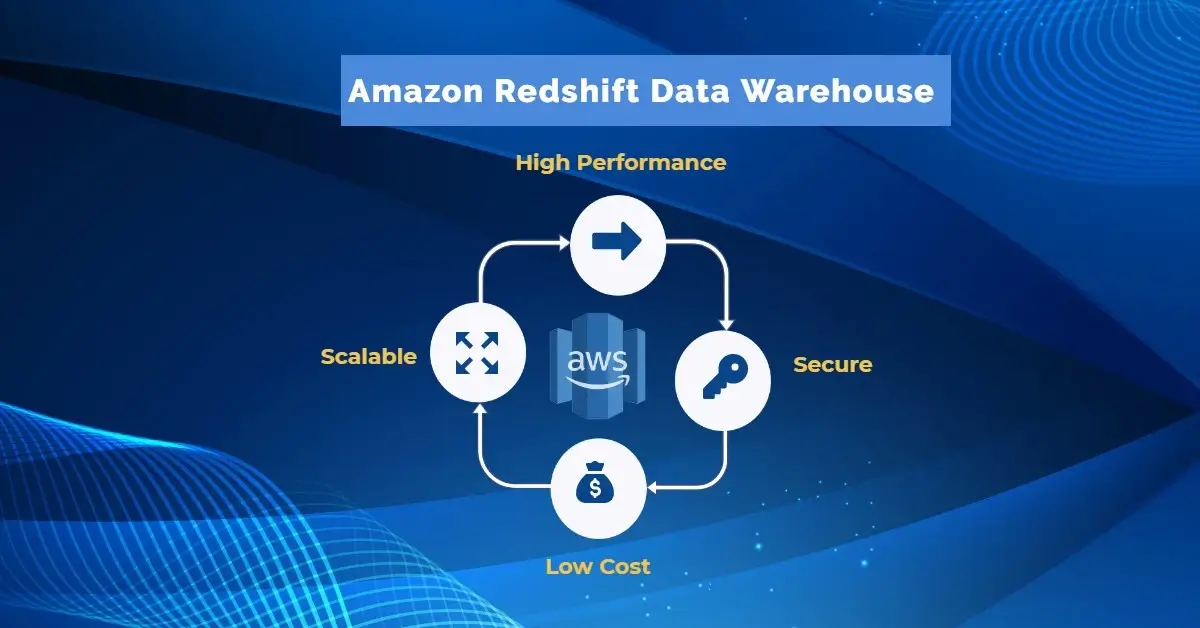
Amazon Redshift is a cloud-based next-generation data warehouse solution that enables real-time analytics for operational databases, data lakes….
Redefine Future With Generative AI Stay At The Forefront of AI-driven Innovation We excel in developing custom generative AI applications that seamlessly integrate with your
Cloud Cost Optimization Have A Greater Control Over Your IT Spending A well-defined Cloud Cost Optimization Strategy can help you to implement the cloud best
Data Lake Solutions Establish a Central Data Lake for Your Data Management Needs Unlock the full potential of your data by leveraging our comprehensive data
Accelerate your Digital Transformation Find The Right Way Forward with Cloud Proof of Concepts(POC) Rapid Solution Prototyping Allows You To Minimize Any Unforeseen Risks and
